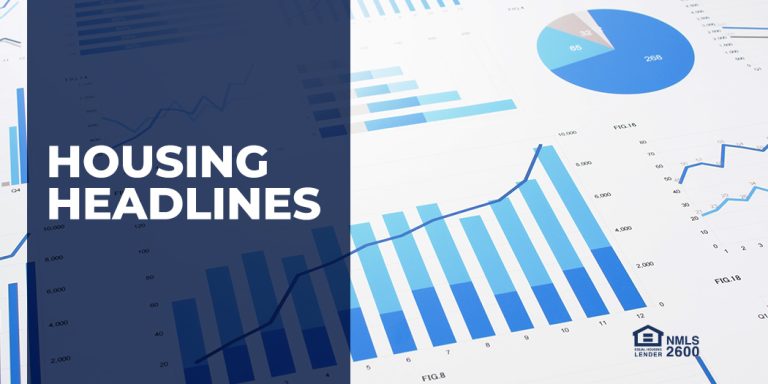This week, homebuyers locked in nearly 70% more mortgages by Sept. 23, 2024, than they did a month earlier; mortgage refinancing is expected to increase; real estate value and equity hit an all-time high in the second quarter of 2024; mortgage rates inched higher; mortgage applications decreased; and falling mortgage rates, now at a two-year low, have enhanced buying power by over $74,000 compared to October 2023.
Mortgage Rates Near 6% Are Enough To Start Up A Refinancing Wave
Financial Advisor - 10/3/2024
The business of refinancing mortgages is poised for takeoff, with volume last week nearly three times higher than in the same period a year ago, according to data from Mortgage Bankers Association.
Buyers Usher Into Market After Rate Cut
National Mortgage Professional - 9/27/2024
Homebuyers locked in nearly 70% more mortgages by September 23 than they did a month earlier. The sudden rise of mortgage rate locks came five days after the Fed cut interest rates for the first time in four years.
Household Real Estate Value and Equity Hit New High in 2024 Q2
Realtor.com - 10/1/2024
The total value of owner-occupied real estate, the value of all homes owned by those living in them, reached $48.2 trillion in 2024 Q2, marking the highest total home values ever recorded.
U.S. Home Price Insights – October 2024
CoreLogic - 10/1/2024
The CoreLogic HPI Forecast indicates that home prices will rise by 0.1% from August 2024 to September 2024 and increase by 2.3% on a year-over-year basis from August 2024 to August 2025.
Weekly Housing Trends View — Data for Week Ending Sept. 28, 2024
Realtor.com - 10/3/2024
Declining home prices and increasing inventory are perfectly timed for the Best Time to Buy week. Additionally, falling mortgage rates, now at a two-year low, have enhanced buying power by over $74,000 compared to October 2023.
September Saw Flat Pending Home Sale Activity, Easing Mortgage Lock-In Effect
National Mortgage Professional - 10/3/2024
Pending U.S. home sales were flat year-over-year for the four weeks ending September 29, the first non-decline since January, according to Redfin.
Mortgage rates inch higher
Fox Business - 10/3/2024
Freddie Mac's latest Primary Mortgage Market Survey, released Thursday, showed that the average rate on the benchmark 30-year fixed mortgage inched up to 6.12% from last week's reading of 6.08%.
Mortgage Applications Decrease in Latest MBA Weekly Survey
Mortgage Bankers Association - 10/2/2024
Mortgage applications decreased 1.3 percent from one week earlier, according to data from the Mortgage Bankers Association’s Weekly Applications Survey for the week ending September 27, 2024.
Homeowners Stuck as Prices Stall the Market
MortgagePoint - 10/2/2024
Nearly three-fourths of homeowners are hoping to move, but due to the current market conditions, many are putting their plans on hold, creating a backlog of buyers.
National Housing Affordability Improves Annually For First Time Since 2021
National Mortgage Professional - 9/30/2024
National affordability improved in August on an annual basis, marking the first positive year-over-year change since 2021. That's according to First American's latest Real House Price Index data for August, released today.


